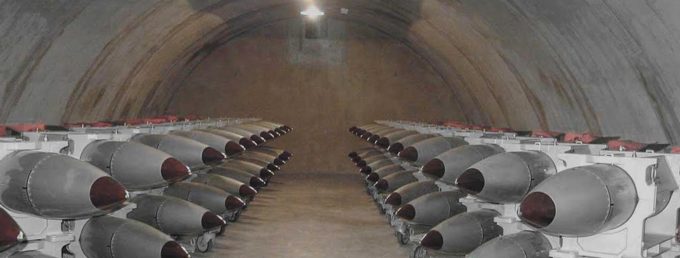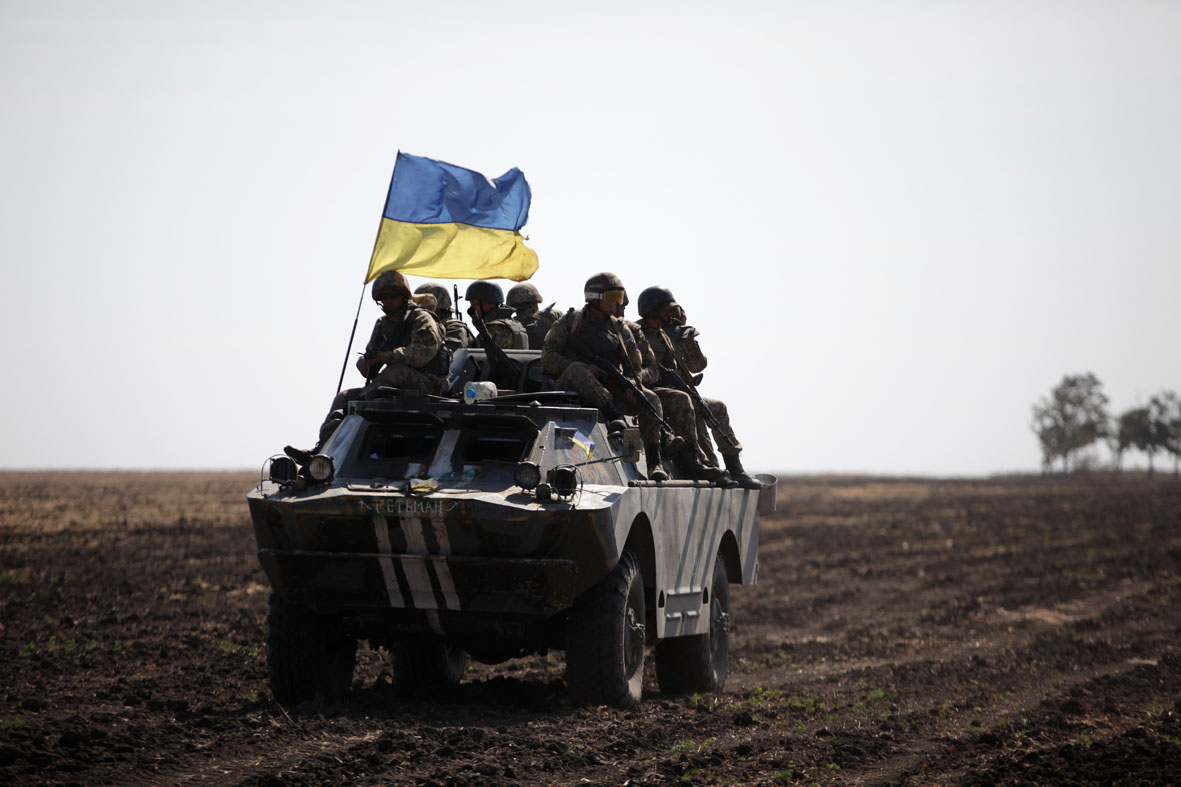Since their first use during the closing days of World War II, nuclear weapons have not been utilized in war. However, they have been used as a deterrent every day since to maintain the peace between world powers. America’s nuclear weapons doctrine has evolved several times over the decades. Starting off in 1945, the concept of Massive Retaliation was meant to counteract any aggression on the part of the Soviet Union. This lasted until the early 1960s when America needed a doctrine with more options to keep outbreaks of violence between adversaries from reaching the nuclear threshold. Flexible Response evolved into the doctrine of Mutually Assured Destruction, which was the mainstay nuclear weapons strategy of the Cold War, lasting from the late 1960s to 1991. Since then, America has relied on calculated ambiguity to deter large-scale warfare among near-peer adversaries and terrorist groups alike. While each of these strategies was successful in preventing nuclear war, they all were not without their downsides.
Massive Retaliation was America’s first nuclear doctrine. In the aftermath of World War II and the beginning of the Cold War, America was outnumbered in troops, vehicles, and equipment by the Soviet Union in Europe. However, America was not outnumbered in terms of nuclear weapons. The Soviet Union would not join the nuclear weapons club until 1949, and during the early stages of the Cold War, America would possess more nuclear weapons than the Communist bloc. Massive Retaliation ensured that any act of aggression on the part of the Soviet Union, no matter the scale, would be met with an overwhelming nuclear response from America. This allowed America to deter conflict despite its outnumbered conventional military in Europe at the time. However, the Soviet Union would catch up and achieve near nuclear parity with America by the onset of the 1960s, thus signaling a need for nuclear doctrine evolution.
By 1961, President Kennedy was beginning to see the flaws in Massive Retaliation. A doctrine called Flexible Response emerged as Kennedy was keenly aware that a massive and overwhelming nuclear response was not a realistic option to address the proxy conflicts of the mid-Cold War era or small acts of aggression on the part of the Soviet Union. America and the Soviet Union also had established intercontinental ballistic missiles (ICBMs) and submarine-launched ballistic missiles by this time, allowing for a means of delivery besides nuclear-armed bombers. President Kennedy was thus set on fighting and winning wars from the smallest proxy to the largest nuclear level, pouring money into boosting America’s conventional military in the hopes that, if war broke out between the Soviet Union and America, it would never go nuclear. This allowed for a multitude of options, from using newly established Special Forces units for training, advising, and unconventional combat operations in proxy wars, to employing nuclear weapons by missile, submarine, and bomber. This increase in military spending also contributed to the innovation of MIRVs, or Multiple Independently-targetable Reentry Vehicles, first tested in 1968. This brought about the final stage of Cold War era nuclear doctrine, as the nuclear weapons of the Soviet Union and America saw a massive, and mutual, increase in destructive power.
MIRVs, capable of being delivered from either SLBMs or ICBMs, allow for up to 14 nuclear warheads or dummy warheads to be delivered by a single missile. Once over their target location, each warhead would strike a different designated target. Dummy warheads may be included to confuse enemy radars or to saturate ballistic missile defense systems. Submarine-launched missiles had advanced past their inception during the late 1960s, ensuring that any nuclear first strike would not overwhelm either the Soviet Union or America. It was almost impossible to eliminate every nuclear-armed submarine, so even if a first strike destroyed every nuclear bomber or ICBM silo, nuclear warheads could still be launched from sea in a retaliatory strike. Mutually Assured Destruction, more accurately known by its acronym MAD, thus became the longest-lasting nuclear weapons doctrine of the Cold War, persisting from the late 1960s to 1991. Neither side could reliably destroy the other without a retaliatory nuclear strike being launched, making a nuclear war unwinnable. This kept tensions from escalating and maintained peace between the two superpowers. Although America’s nuclear strategy would change slightly after the demise of the Soviet Union, it is likely that large portions of this doctrine successfully deter Russia and China today.
The end of the Soviet Union in 1991 saw America emerge as the world’s sole superpower. An era of peace was thought to emerge as America had no major adversaries. A decline in military spending took place as America looked inward to improve its economy during the relative peace of the 1990s. However, the events of 9/11 changed everything. Almost 3,000 Americans were killed, not soldiers defending Europe, but mostly civilians working in New York City, Pennsylvania, and Virginia. Decades of global war would result, but nuclear weapons would not be needed to fight this adversary. However, tensions with nuclear-armed nations would escalate decades after the Cold War. North Korea, Iran, China, and Russia all emerged with ambitions to challenge America’s role as global hegemon. North Korea developed nuclear weapons despite the best efforts of the global community, while Iran advances a similar agenda with negotiations ongoing to this day. China is also increasing its small nuclear arsenal and has plans to add a nuclear-capable stealth bomber to its arsenal. Russia recently suspended the last remaining bilateral nuclear arms treaty with America, signaling a possible future devoid of arms regulation for the first time in decades. As a result of these issues, America does not publicize its nuclear weapons doctrine. This leaves uncertainty in the minds of adversaries, while not committing American nuclear weapons to wartime use. It allows for flexibility, ensuring that an event such as nuclear terrorism would not be treated the same as a nuclear strike from Russia. While this doctrine has successfully navigated the end of the Cold War through the Global War on Terror, it may need to be updated if nuclear arms are not regulated, China emerges as a stronger nuclear weapons state, or if North Korea achieves its goal of launching a nuclear-armed MIRV.
The future is often unpredictable. The Russian invasion of Ukraine in 2022 was not accurately predicted more than a few weeks in advance. The international community has failed to stop North Korea from continuing to develop its nuclear arms program. Although Iran has not fully developed a nuclear weapon, it may not be that far from completion. America must regularly modernize its nuclear warheads, delivery systems, and policy to accommodate these rapidly changing times as it has since 1945. Nuclear weapons have not been used in war since the end of World War II, but their daily use as a deterrent has prevented large-scale war throughout the world. The evolution of American nuclear weapons policy has much to do with this successful non-use.
Christopher Gettel graduated from Rutgers University with a B.A. in Criminal Justice. He served for 8 years in the U.S. Army, then earned a graduate certificate in Nuclear Deterrence from Harvard University’s Extension School. He is currently in his third semester as a graduate student studying international security at GMU. Post graduation, Christopher plans on earning his PhD, then working in the field of nuclear weapons policy for the government.
Photo can be found here.




